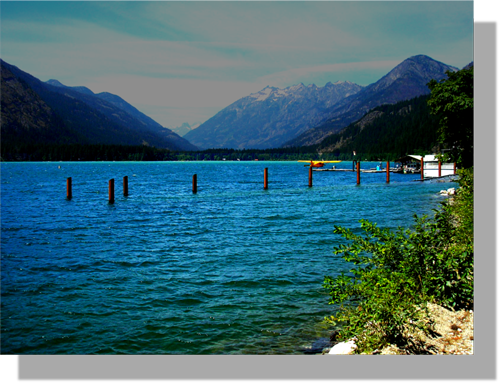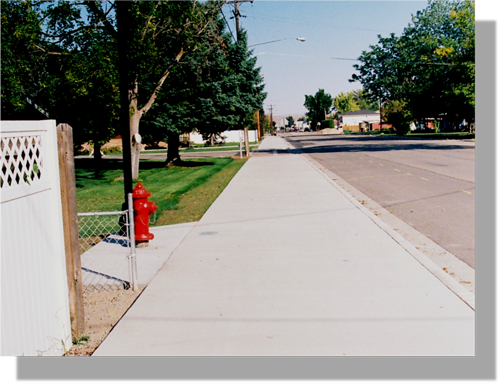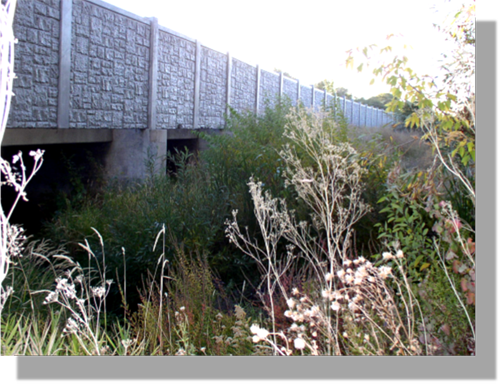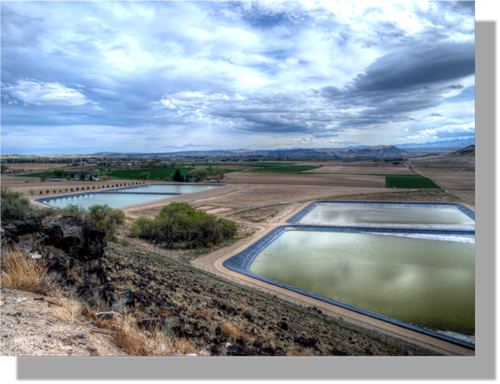PRINCIPAL
Andy Gehrke, PE
Over 23 Years of Engineering Experience
After obtaining his degree, Andy began his Engineering career with HECO (Holladay Engineering at the time) in 1999. He has managed a variety of projects and is one of HECO’s leading authorities when it comes to municipal water and wastewater engineering.

OUT OF OFFICE
Anything with mountains – hiking, biking, hunting, skiing, you name it – intense trail running, camping out in deep back country, spending time with his sons, and enjoying all the beauty that nature has to offer.
WORK HISTORY & EXPERTISE
Andy has experience with the design and project management of wastewater treatment facilities, wastewater collection systems, wastewater lift stations, water distribution systems, water supply facilities, pump houses, irrigation diversion structures, storm water facilities, and street improvement projects. He has provided project engineering services on large water and wastewater system projects involving multiple funding agencies, and his experience also comprises of water system modeling using WaterCAD as a certified master modeler. He’s written several master plans, facility plans, preliminary engineering reports, and environmental reports for water and wastewater improvement projects. He has also written sludge management and sludge disposal plans for land application of municipal biosolids, as well as having provided design review and construction observation for numerous developments with HECO.
“Everyday is a new and exciting adventure! I like to go at life with gusto, remembering to take time for the simple pleasures and the love of family and friends.”
Education & Training
- MEngr, Civil Engineering, University of Idaho, 2010
- BA, Physics, Whitworth College, 1999
- BS, Civil Engineering, University of Idaho, 1998
Registration
Registered Professional Engineer:
- Idaho
- Oregon
I’ve worked with Andy on several projects over the last year and have been impressed that, even when he is busy, he is always considerate and giving of his time. His careful thought of an engineer and warm disposition makes him a welcome member on any team and a great mentor to team members like me, who are getting up the learning curve.
The City of New Plymouth would like to express our appreciation for the work you have done and continue to do as our City Engineer. Your efforts to find and apply for potential funding opportunities to improve our streets and parkways have greatly benefited our city and its residents. We recognize the time and effort you’ve spent on our behalf and feel fortunate to have you as part of our city team.
EXPERTS
Great teamwork can make things go from subpar to spectacular. Each member of the HECO team is talented, experienced, and dedicated to the providing the highest quality of work.
Our PROJECTS
From small jobs to complex and challenging ones, we approach every project with a commitment to excellence.





